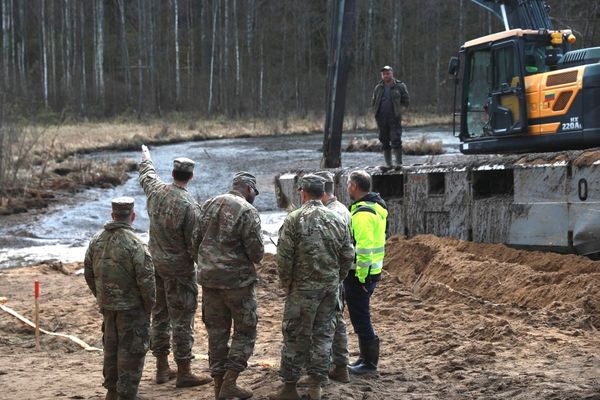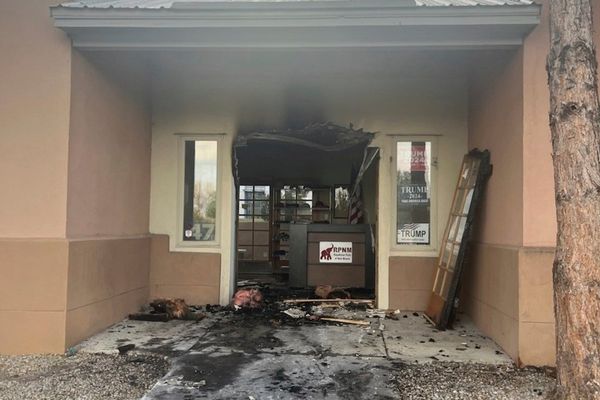India is home to nearly 20% of the world’s population, two-thirds of which reside in rural areas. Apart from a rising population, India has experienced a steep rise in the burden of lifestyle-related non-communicable diseases. Nearly 1.4 million people are diagnosed with cancer in India every year while diabetes, hypertension, and respiratory diseases are also on the rise. All these diseases need palliative care sooner or later in the disease trajectory.
What is palliative care?
Palliative care is the branch of medicine focusing on improving the quality of life and preventing suffering among those with life-limiting illnesses. It aims to identify patients at risk of over-medicalisation at the expense of quality of life and financial burden on the family. It is often misinterpreted as end-of-life care. However, palliative care aims to improve the quality of life by addressing the physical, psychological, spiritual, and social domains of the health of people suffering from life-limiting diseases like heart failure, kidney failure, certain neurological diseases, cancer, etc.
According to Vandana Mahajan, a palliative care counsellor in Delhi, a palliative care team supports the affected families in a way that focuses on the person as a whole, not just the disease. “Palliative care also includes bereavement support for the caregivers in case of the death of the patient,” she said.
How many need palliative care?
Palliative care in India has largely been available at tertiary healthcare facilities in urban areas. Due to this skewed availability of services, it is accessible to only 1-2% of the estimated 7-10 million people who require it in the country. According to Aju Mathew, a medical oncologist from Kerala, as many as 7 out of 10 patients he sees daily need palliative care.
Post-independence India has made considerable efforts to improve the health of its people. A three-tier health system, multiple national health programmes and schemes, and the Ayushman Bharat Health Insurance Scheme are all positive steps taken towards universal health coverage. But despite these efforts, 55 million people in India are pushed below the poverty line every year due to health-related expenditures. Over-medicalisation plays a significant role in this financial burden.
Is there a palliative care programme?
The National Programme for Prevention & Control of Cancer, Diabetes, Cardiovascular Diseases & Stroke (NPCDCS), now the National Programme for Prevention & Control of Non-Communicable Diseases (NP-NCD), includes chronic diseases whose treatment contributes the most to health-related expenses. These diseases progress to a stage where, in an ideal scenario, palliative care should take over curative care.
Launched in 2010 to counter the rising burden of noncommunicable diseases in the country, the programme envisaged the provision of promotive, preventive, and curative care from the primary to tertiary institutes, thus providing health services delivery across the continuum of care.
The revised operational guidelines of NP-NCD were expected to strengthen the programme. However, it has not succeeded in addressing certain gaps in palliative care in India.
What are the gaps in the guidelines?
Per the Global Atlas of Palliative Care, in 2020, the need for palliative care was higher for non-cancer illnesses. However, the revised NP-NCD operational guidelines, released in May 2023, mention palliative care in synonymy with cancer only. To quote: “Palliative care is provided for relief rather than to cure the symptoms and suffering caused by cancer and to improve the quality of life of patients.” Cancer is just one of 20 common health conditions that require palliative care. This is a step back from the previous operational guideline (2013-2017), in which chronic and debilitating conditions also fell under the ambit of palliative care.
Since most patients who need palliative care are suffering from debilitating diseases, home-based care forms the ideal mode of healthcare delivery. Previously, the programme guidelines mentioned support being provided to facilitate home-based palliative care services. However, palliative care service delivery starts only from the district hospital in the revised guidelines, with no mention of home-based care.
“Palliative care must be delivered at least at the health and wellness centre and sub-center level. If people have to come to the district hospital for palliative care, it is a failure of the health system,” Ravi Kannan, Padma Shri recipient and director of the Cachar Cancer Hospital and Research Centre, Assam, said.
The guidelines mention the linking of 11 programmes to promote the convergence of services focusing on the care of non-communicable diseases. One of these is the National Programme for Palliative Care (NPPC). NPPC was announced in 2012; however, the lack of a dedicated budget has prevented the implementation of the programme since its inception. Experiences from the field suggest that many medical officers at primary health centres are not aware of the existence of such a programme. Theoretically, the linkage could improve the provision of palliative care, but the mechanisms of the linkage – that too with a programme that has not yet been fully implemented – is unclear.
Is palliative care accessible?
Despite various other vertical government programmes with palliative care provision as one of their objectives, like the National Programme for Healthcare of Elderly, access to palliative care continues to be abysmal. NGOs like Pallium India, Karunashraya, and CanSupport are trying to fill the gap but, according to Dr Mathew, this isn’t enough. “NGOs have limitations on how much they can spend and that doesn’t compare in any way with how much the government can spend,” he said.
Apart from limiting its attention to cancer, the guidelines have also skipped an opportunity to bring focus on children suffering from chronic diseases. An estimated 98% of children facing moderate to severe suffering during their end of life reside in lower and middle-income countries like India. This could be due to diseases like cancer, birth defects, neurological conditions, etc. Paediatric palliative care has been a neglected branch, Dr. Kannan said, and needs urgent attention.
How is such access measured?
The guidelines’ narrow focus is also evident from the indicator chosen to assess the programme’s impact. Access to palliative care will be assessed by estimating morphine-equivalent consumption of strong opioid analgesics (excluding methadone) per death from cancer. Including an indicator to assess morphine access is a welcome move, but an indicator focusing only on patients with cancer might lead to an inaccurate assessment of coverage of services.
The World Health Organisation recommends the use of morphine consumption per capita to assess morphine access for palliative care services. Using this indicator would also have allowed us to compare the progress of palliative care services in India with other countries.
The 67th World Health Assembly in 2014 called for palliative care to be integrated into health systems at all levels. Despite the needs at the grassroots and international calls for including palliative care along with curative treatment, the realities on the ground are a far cry from what is desirable. It is high time we realised the ongoing pandemic of non-communicable diseases in India and strengthened our palliative care services.
Dr. Parth Sharma is a public health physician, founder of Nivarana (a public health information and advocacy platform), and researcher at ASAR. Dr. Deepak Sudhakaran is a palliative care physician and head of the Research and Innovation Department at Pallium India. The authors have no conflict of interest to declare.







